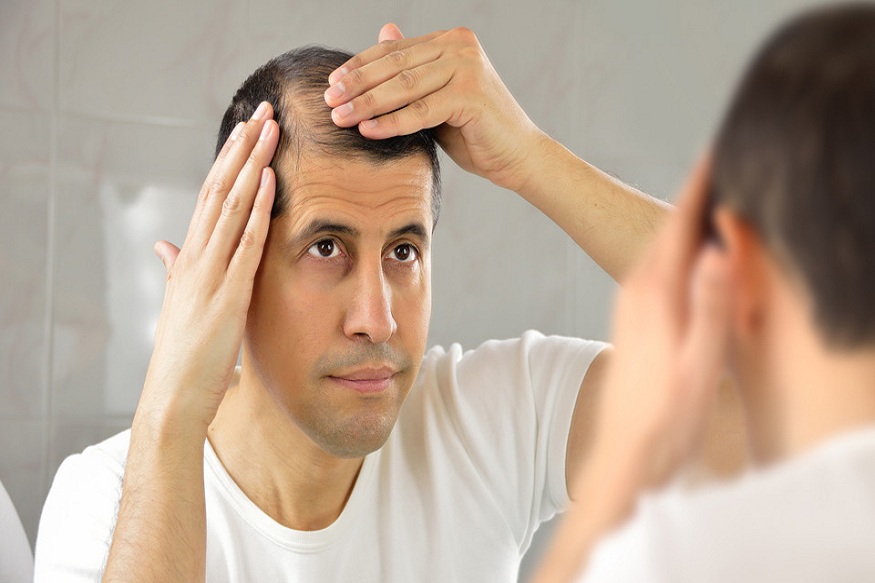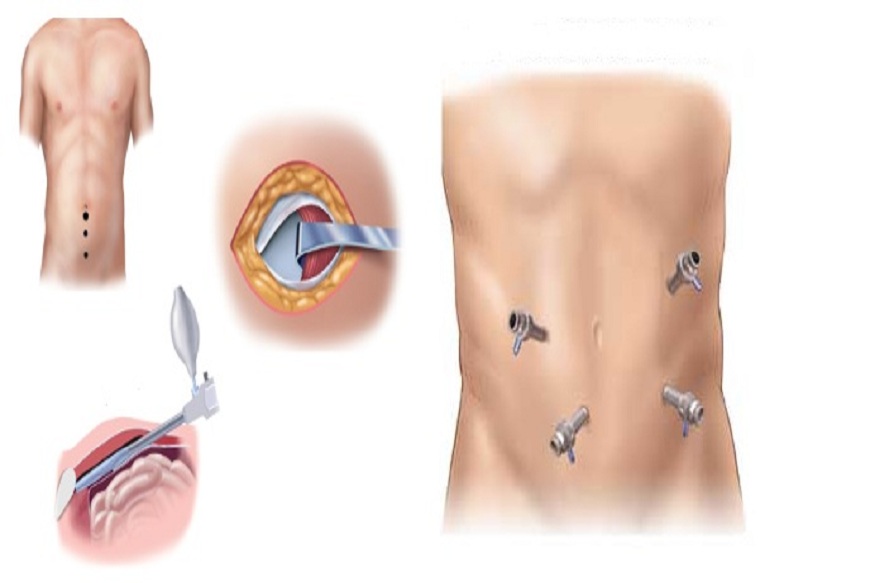
TRT, or more commonly known as Testosterone Replacement Therapy or Androgen Replacement Therapy, has been popularized in recent years in France in the bodybuilding community, particularly among anabolic steroid users, even though it is fundamentally a health-oriented practice.
What is this ?
This practice, which is basically entirely medical and not performance or bodybuilding oriented, is very popular in the United States where health policy is completely different from that in France.
In fact, TRT is primarily used in the medical field to compensate for low testosterone levels that can occur with age (after age 40). This is called andropause.
As in women (menopause), over time natural hormone production decreases and this can cause problems, particularly erectile dysfunction but also mood swings, as well as increased fat gain and a decrease in muscle mass.
It is therefore common across the Atlantic to compensate for this with a weekly medical prescription for testosterone at a reasonable dosage. This simply allows optimal levels to be achieved for health (after consulting an endocrinologist).
A diverted medical practice
In other cases, TRT may be prescribed for younger patients in cases of hormonal dysfunction, such as low testosterone levels, leading to problems that interfere with the patient’s daily life.
But it has become increasingly popular for non-medical and sometimes illegal uses over the years, particularly in the sports world, particularly bodybuilding.
Between two anabolic steroid cycles to maintain levels and gains (avoid a relaunch).
Indeed, TRT depending on the dosage and your baseline natural testosterone levels can help you achieve some of these goals.
But it is not without risks if it is not medically supervised.
We will return to these different points in more detail throughout the article, but first, a quick physiological reminder.
Why and how does testosterone decrease?
All of this is part of a completely natural process that comes over the years:
As you age, your testicles produce less testosterone naturally and therefore your hypothalamus (part of the brain, located below the thalamus, which plays a vital role in regulating vital functions) produces less gonadotropin-releasing hormone (a hormone secreted by the pituitary gland that stimulates the activity and hormonal secretion of the gonads – ovaries and testicles).
This decrease means that your pituitary gland (hypophysis = small gland the size of a grape, 7 to 8 mm in diameter located at the base of the brain) produces less luteinizing hormone (it is part of the gonadotropins: it controls, with other hormones, the sexual glands (gonads), in this case the ovaries in women and the testicles in men).
This gradual decline often does not (initially) cause any noticeable symptoms. But over time and as the years pass, it becomes significant and triggers:
Please note: if you have already used anabolic steroids or testosterone without medical advice, then wait until you read the end of the article to form your own opinion on your personal situation.




